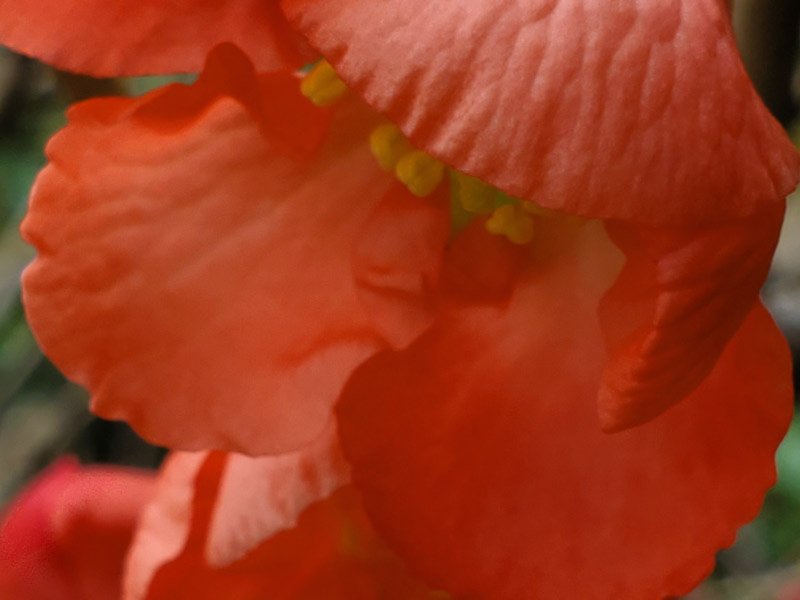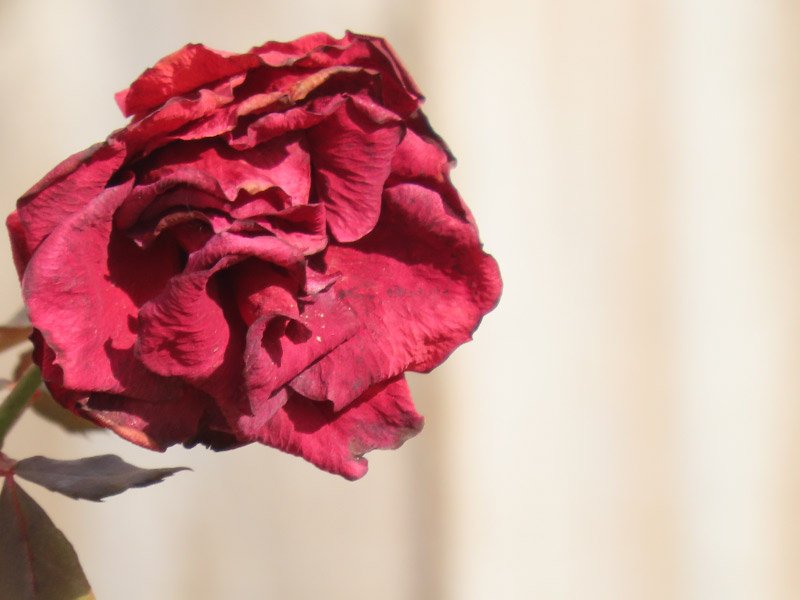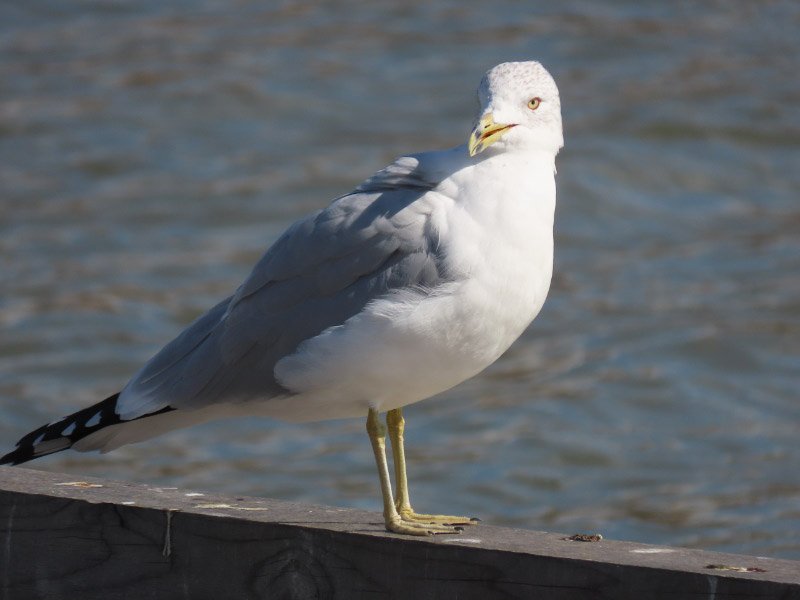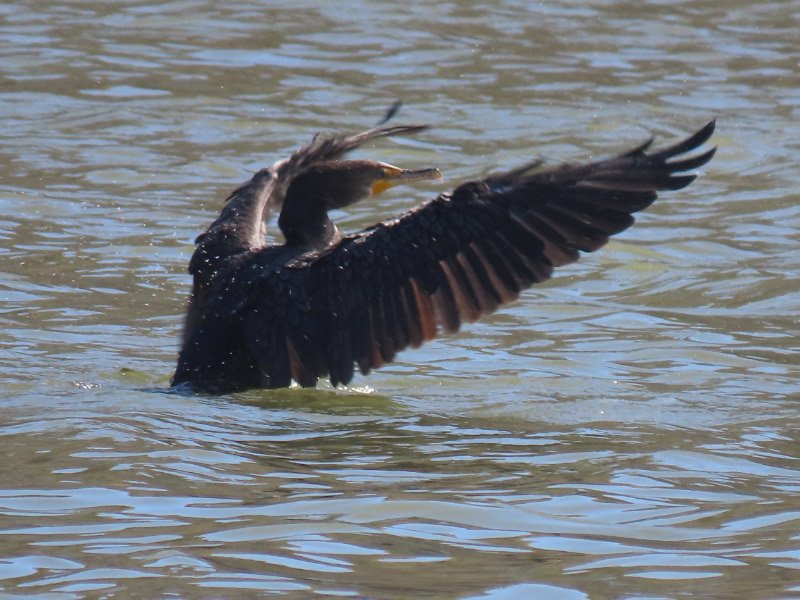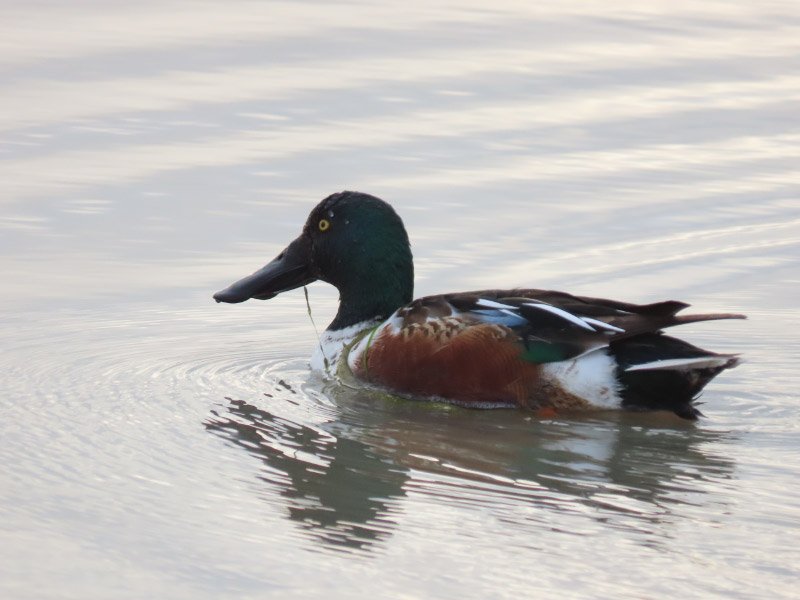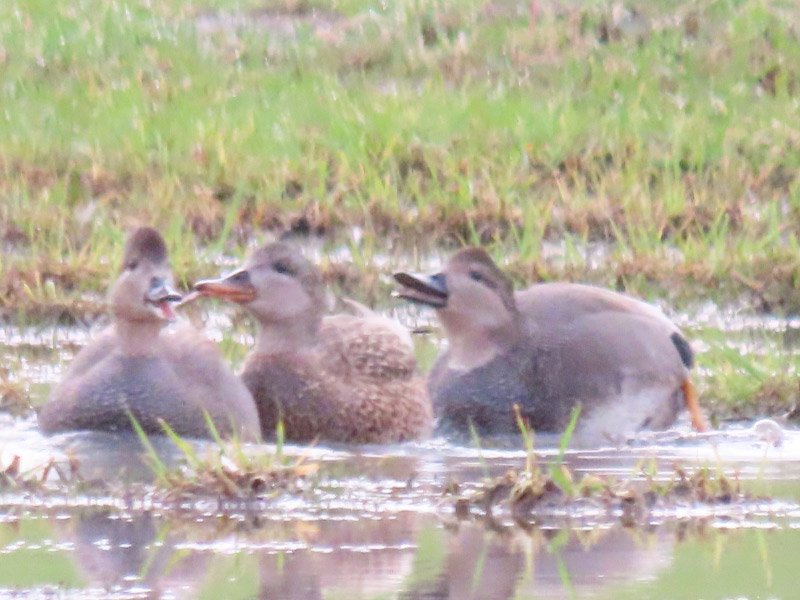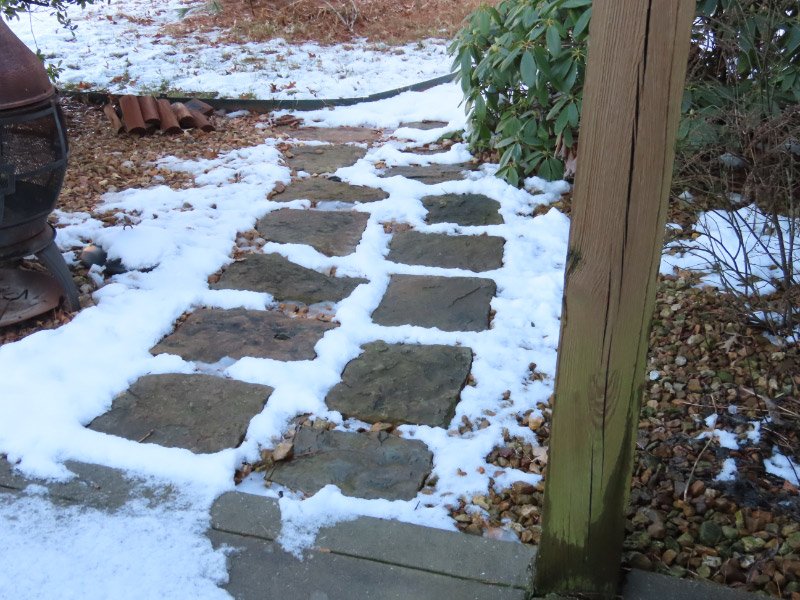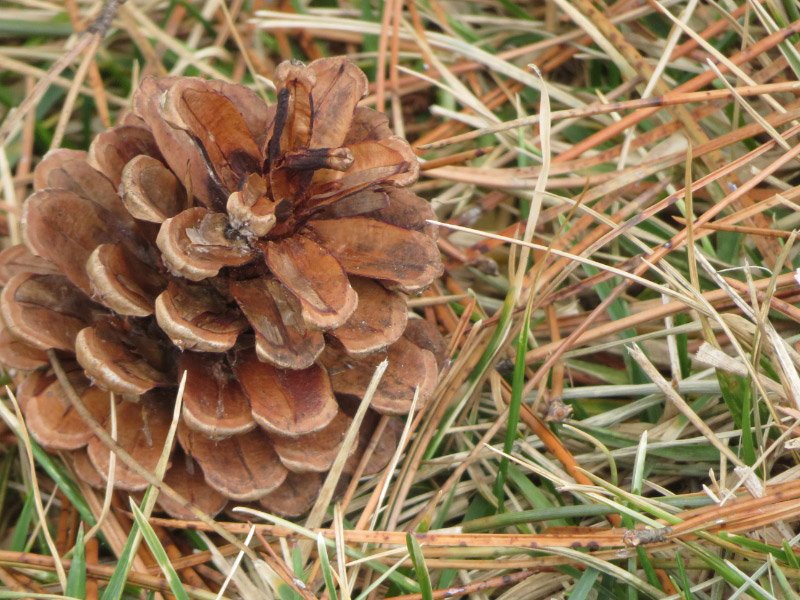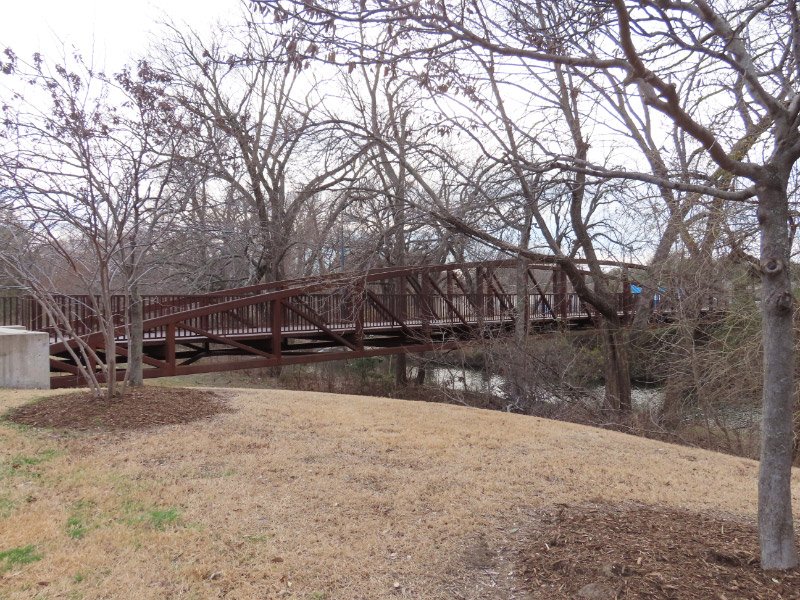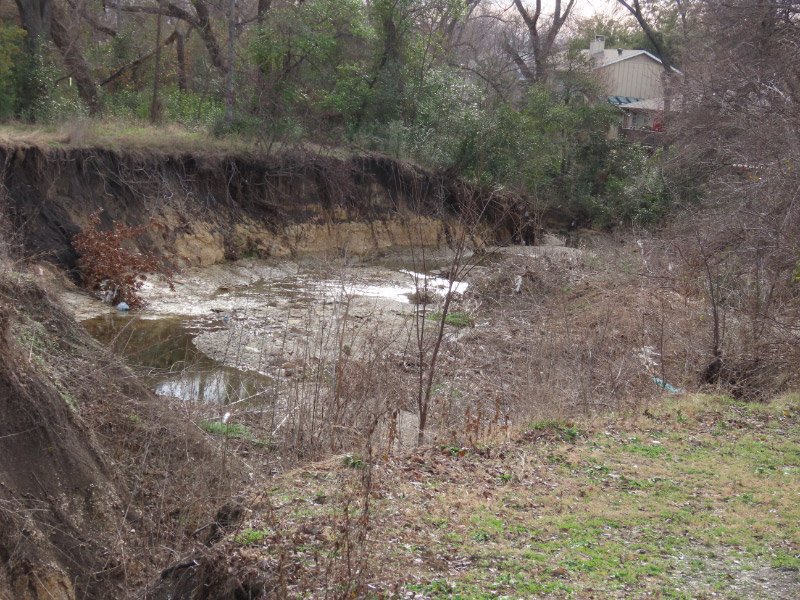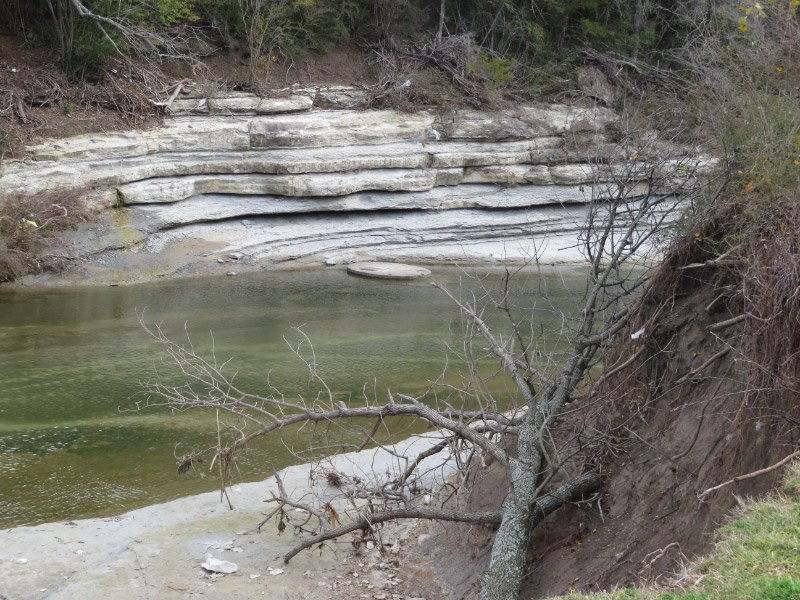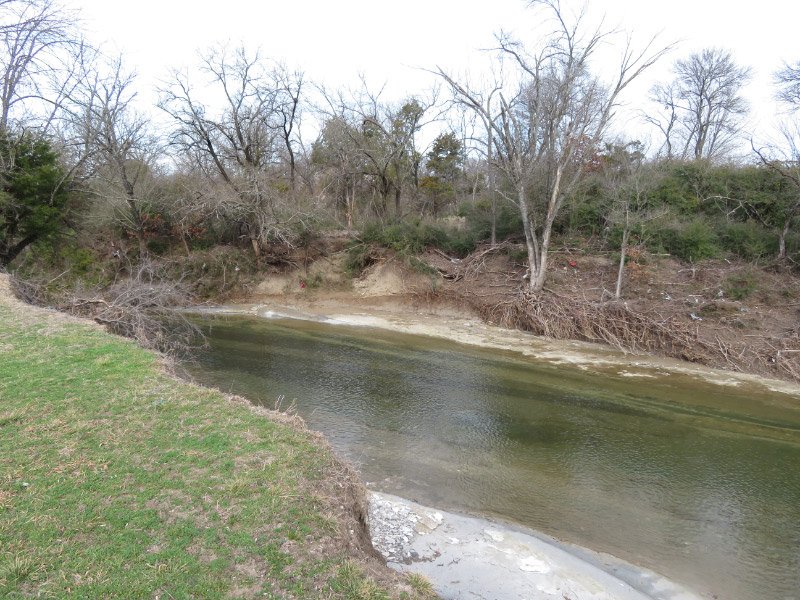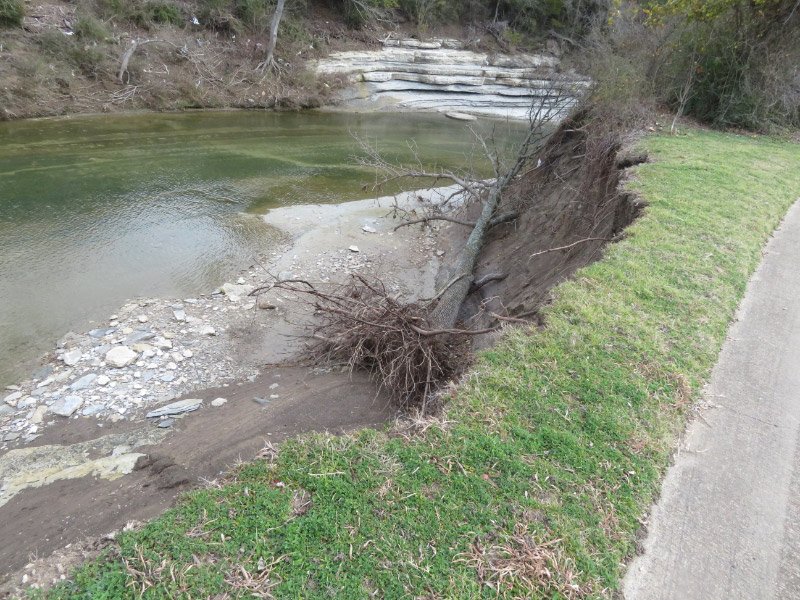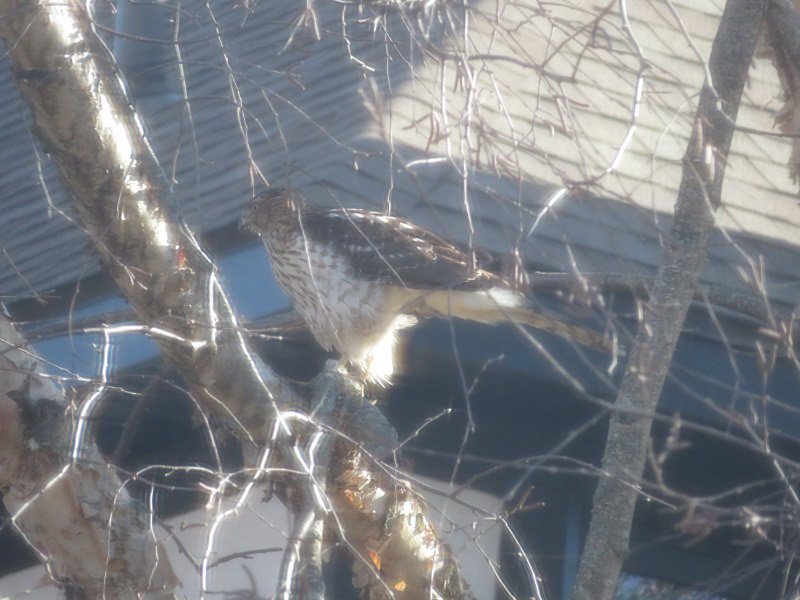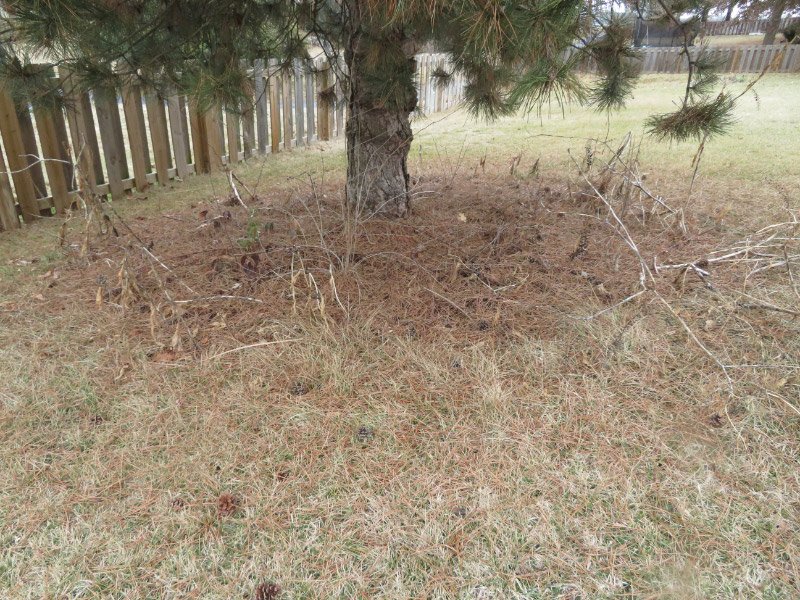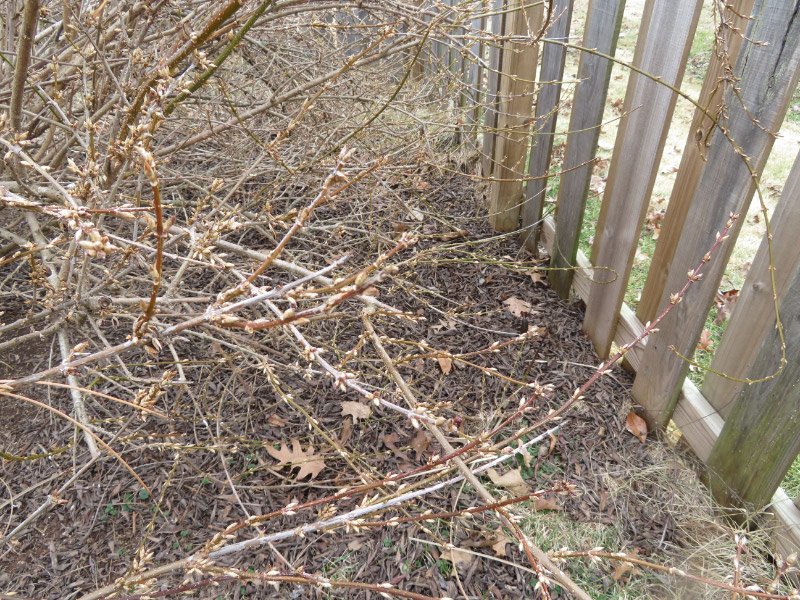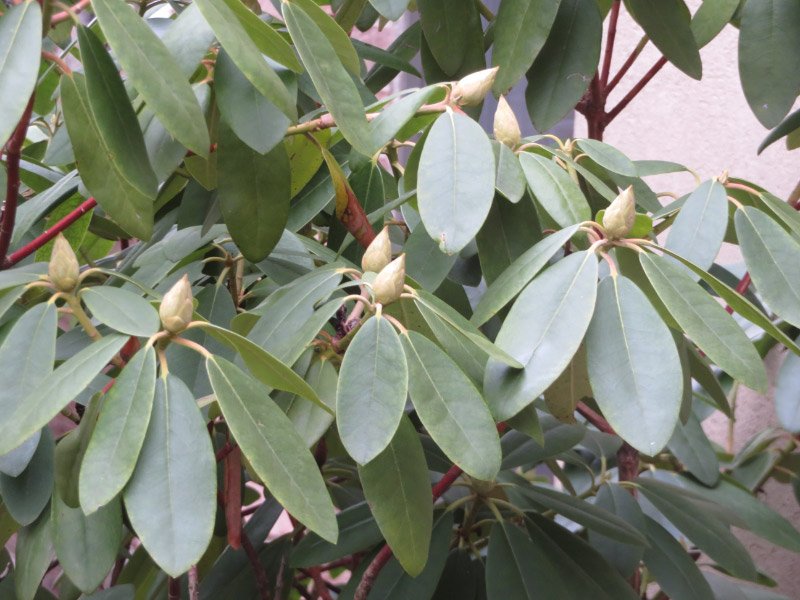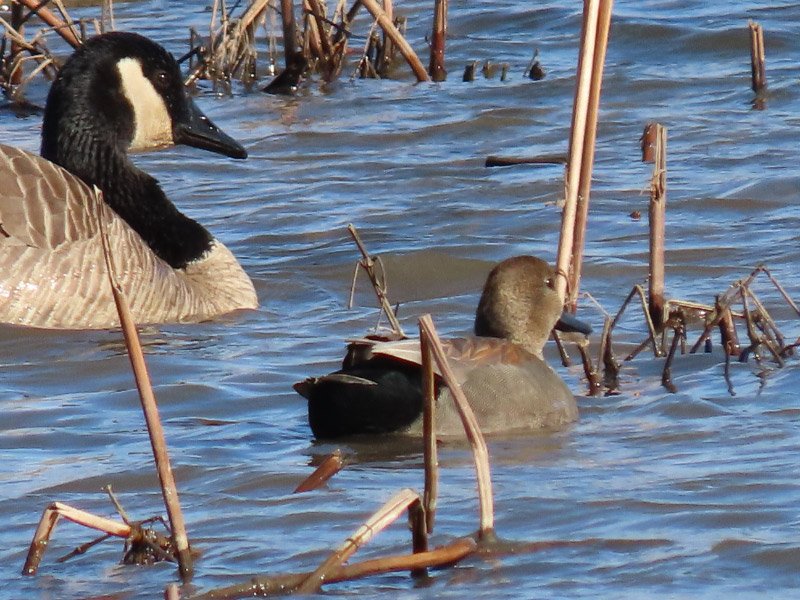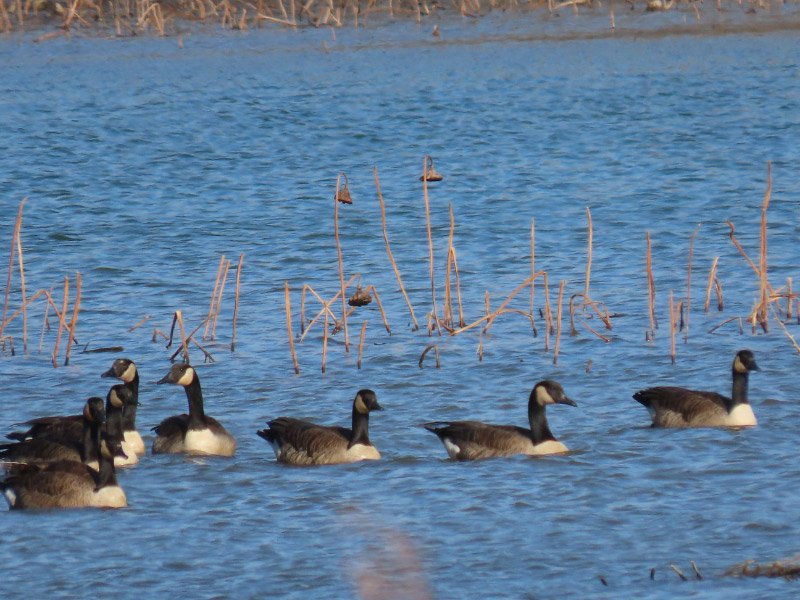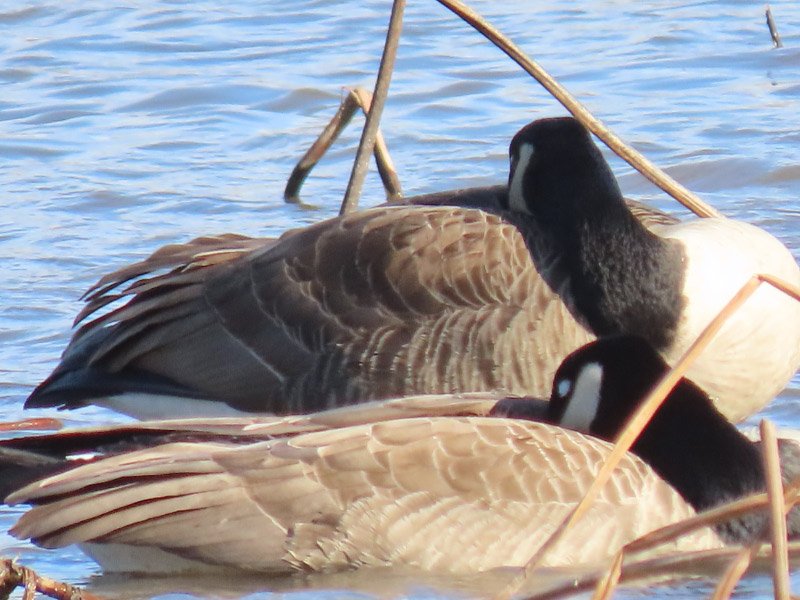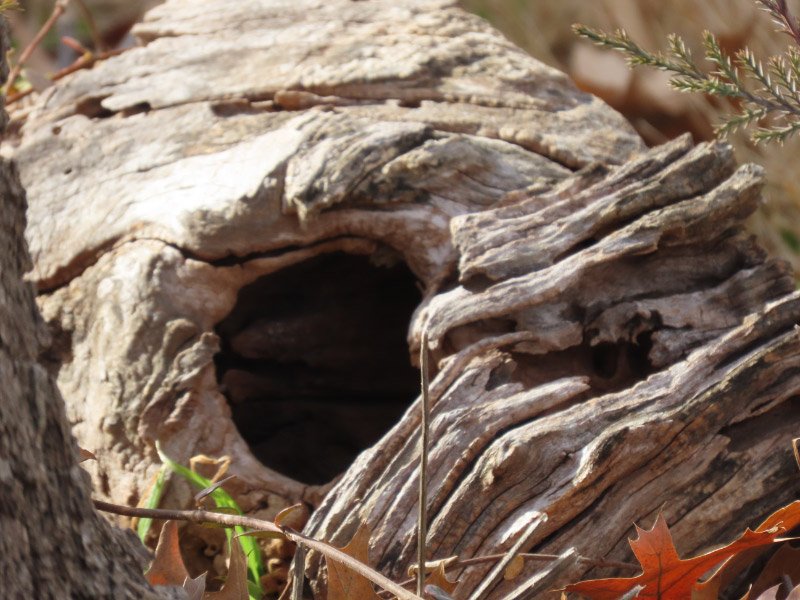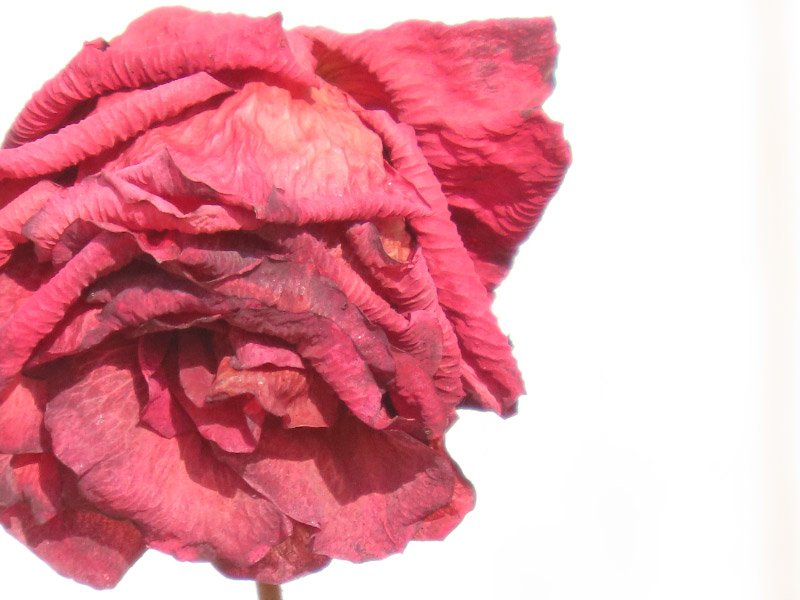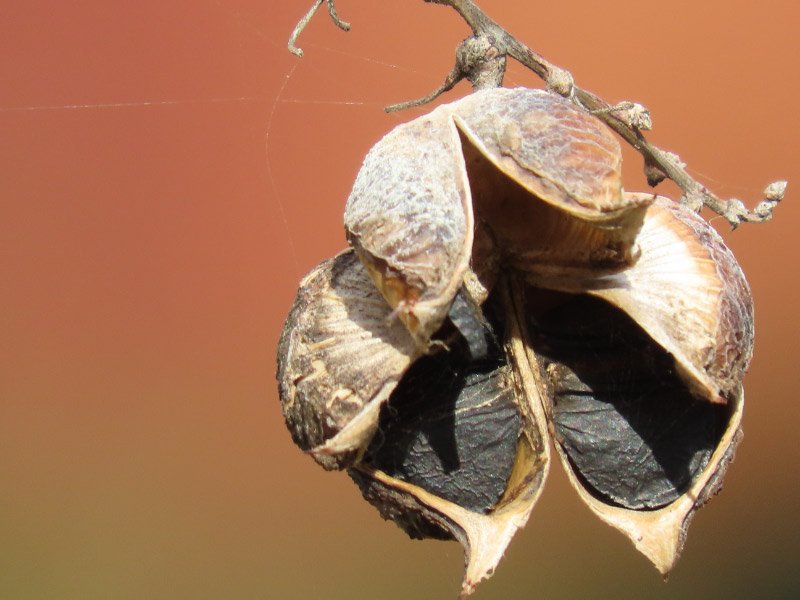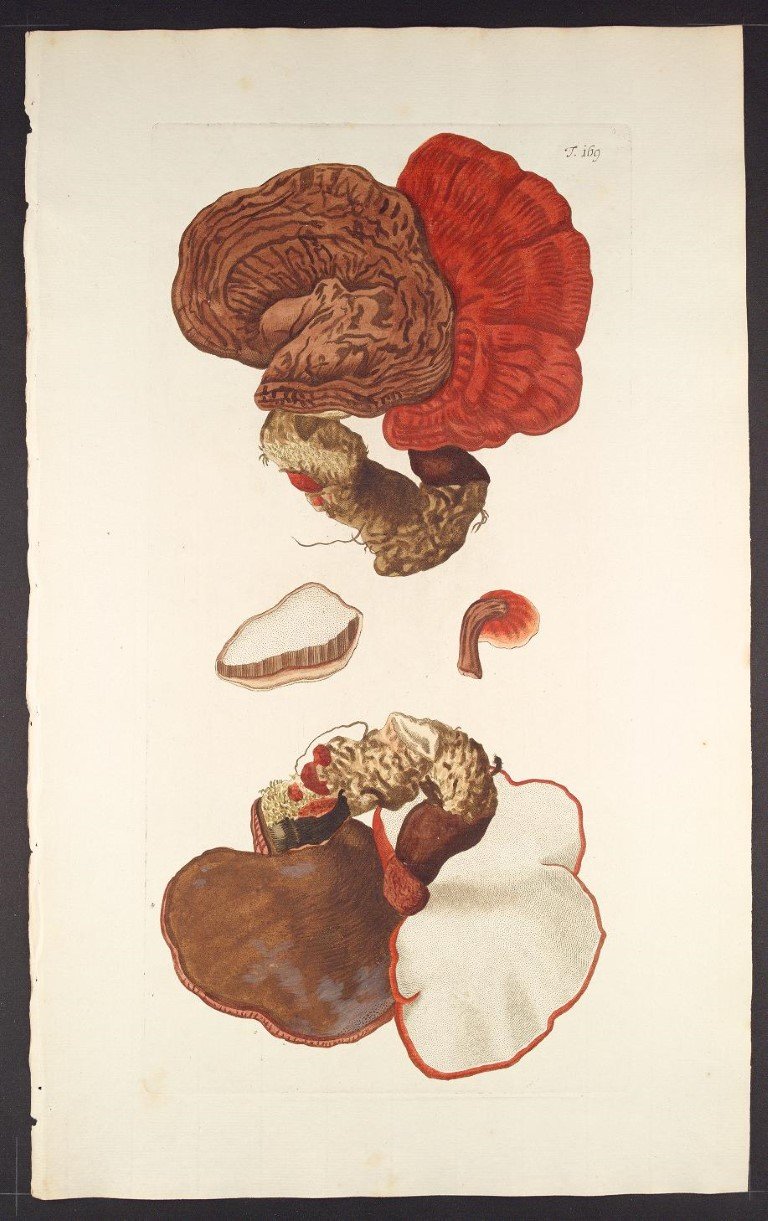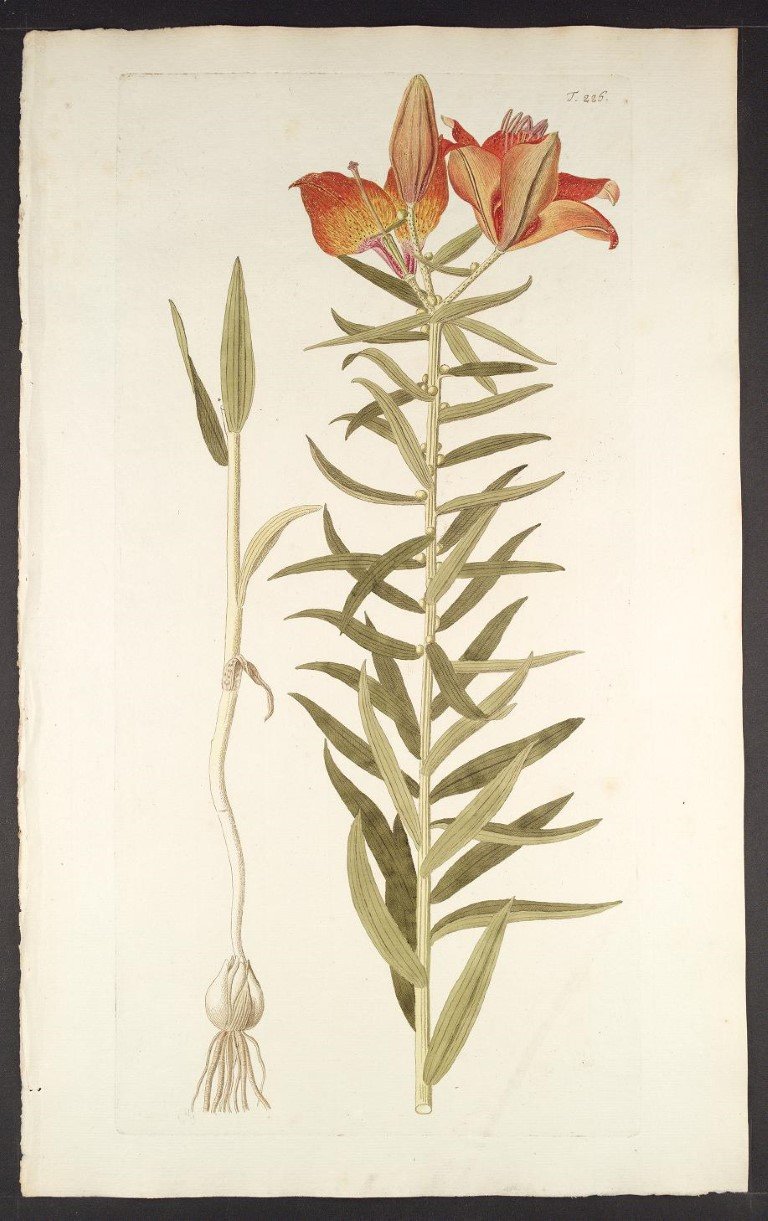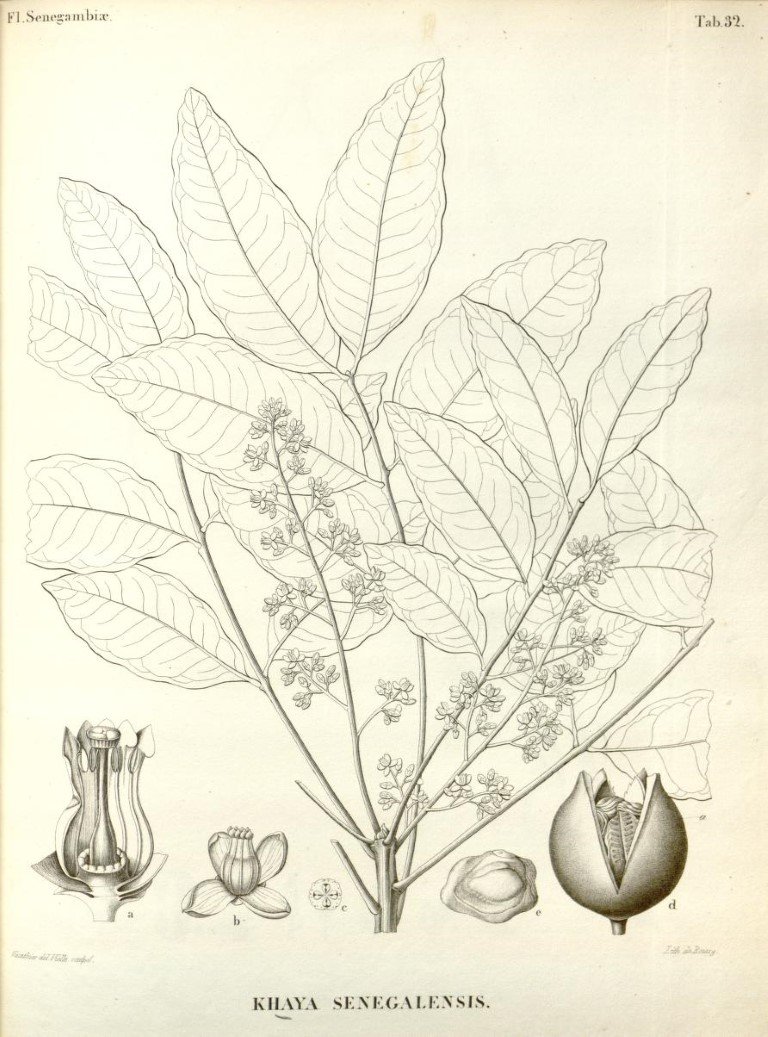eBotanical Prints – February 2024
/Twenty more books were added to the botanical print collection in February – available for browsing on Internet Archive. There are 4 books about medicinal plants, and 2 about Yuccas…but all the books are worth browsing!
The publication date range for this group is over 400 years: 1532 to 1902 with 2 volumes in the 1500s, 4 in the 1700s, 13 in the 1800s, and 1 in the 1900s.
The whole list of 2,822 botanical eBooks can be accessed here. The list for the February 2024 books with links to the volumes and sample images is at the bottom of this post.
Click on any sample images in the mosaic below to get an enlarged version. Enjoy the February 2024 eBotanical Prints!
Flore forestiere illustree arbres et arbustes du centre de l'Europe * Kirkwan, C. de * sample image * 1872
Flore Medicale V1 * Chamberet, Jean Baptist Joseph Anne Cesar Tyrbas de; Chaumeton, Francois Pierre; Panckoucke, C. L. F.; Panckoucke, Ernestine; Poiret, Jean Louis Marie; Turpin, P. J. F. * sample image * 1833
Flore Medicale V2 * Chamberet, Jean Baptist Joseph Anne Cesar Tyrbas de; Chaumeton, Francois Pierre; Panckoucke, C. L. F.; Panckoucke, Ernestine; Poiret, Jean Louis Marie; Turpin, P. J. F. * sample image * 1829
Flore Medicale V3 * Chamberet, Jean Baptist Joseph Anne Cesar Tyrbas de; Chaumeton, Francois Pierre; Panckoucke, C. L. F.; Panckoucke, Ernestine; Poiret, Jean Louis Marie; Turpin, P. J. F. * sample image * 1830
Flore Medicale V4 * Chamberet, Jean Baptist Joseph Anne Cesar Tyrbas de; Chaumeton, Francois Pierre; Panckoucke, C. L. F.; Panckoucke, Ernestine; Poiret, Jean Louis Marie; Turpin, P. J. F. * sample image * 1830
Flore Medicale V5 * Chamberet, Jean Baptist Joseph Anne Cesar Tyrbas de; Chaumeton, Francois Pierre; Panckoucke, C. L. F.; Panckoucke, Ernestine; Poiret, Jean Louis Marie; Turpin, P. J. F. * sample image * 1831
Flore Medicale V6 * Chamberet, Jean Baptist Joseph Anne Cesar Tyrbas de; Chaumeton, Francois Pierre; Panckoucke, C. L. F.; Panckoucke, Ernestine; Poiret, Jean Louis Marie; Turpin, P. J. F. * sample image * 1832
The yucceae * Trelease, William * sample image * 1902
Further studies of Yuccas and their pollination * Trelease, William * sample image * 1893
The species of Rumex occurring north of Mexico * Trelease, William * sample image * 1892
The species of Epilobium occurring north of Mexico * Trelease, William * sample image * 1891
Genera Aroidearum exposita * Schott, H.W. * sample image * 1858
Gesamtbeschreibung der Kakteen (Monographia cactacearum) * Schumann, Karl; Hischt, Karl * sample image * 1899
Gramineae Chilenses * Desvaux, E. * sample image * 1853
Herbarivm Oth. Brvnfelsii ... exacto tandem studio, opera & ingenio, candidatis medicinae simplicis absolutum * Brunfels, Otto * sample image * 1537
Herbarum vivae eicones ad naturae imitationem * Brunfels, Otto; Herr, Michael; Weiditz, Hans * sample image * 1532
Herbarium amboinense V1 * Rumpf, Georg Eberhard; Fransicum Changuion * sample image * 1742
Herbarium amboinense V2 * Rumpf, Georg Eberhard; Fransicum Changuion * sample image * 1741
Herbarium amboinense V3 * Rumpf, Georg Eberhard; Fransicum Changuion * sample image * 1743
Herbarium amboinense V4 * Rumpf, Georg Eberhard; Fransicum Changuion * sample image * 1743





























